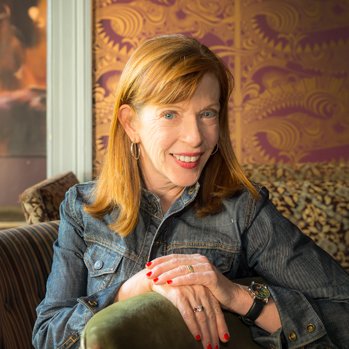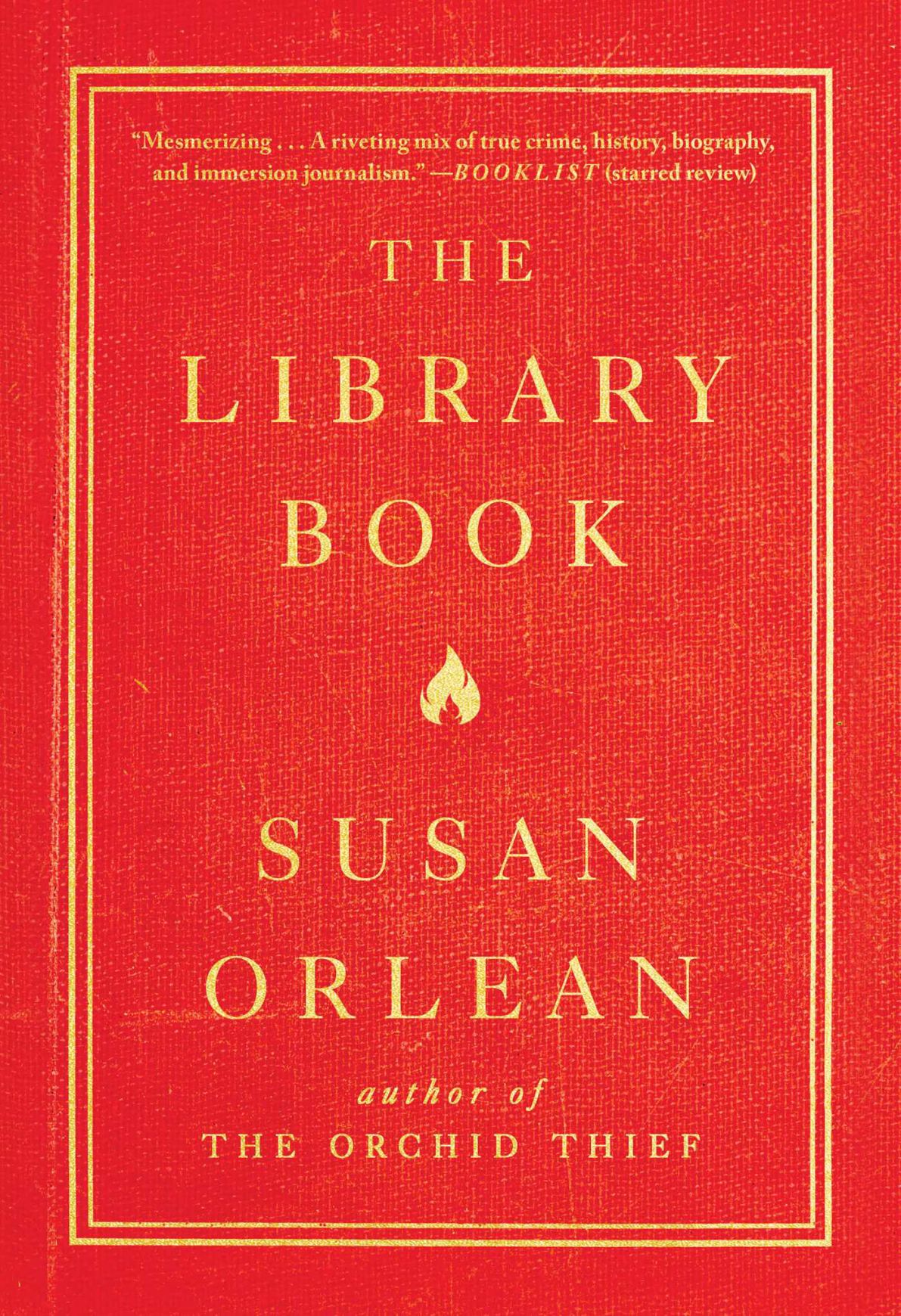

Nascent feminism! Interestingly, women finally found their place in libraries because of Andrew Carnegie, whose patronage saw such a mushrooming of libraries that women had to be taken on as librarians. Of whom, one was asked to resign because it was in “everyone’s best interests to have a man run the library.” She refused and was supported by women of the city who took out a march on her behalf. Yet, surprisingly, the third librarian was a girl of only eighteen, and was also succeeded by women. Started in 1873, membership was five dollars a year and restricted to men children were not allowed, women could enter only the ‘Ladies Room’.

The history of the library is fascinating. The fire and the mystery of who/ what started it are but two strands of a skein with which the author has deftly embroidered a wonderful tapestry. The number of books lost was mind-boggling, the kind of books destroyed heart-breaking.

She begins dramatically with a fire that raged through the library for seven hours, devouring everything that came its way, leaving behind a soggy mass of burnt and half-burnt books. Very early on in the book, Susan Orlean says, “The library is a gathering pool of narratives, of the people who come to find them.”Īlmost immediately she establishes the Los Angeles Central Library as the hero of her story.


 0 kommentar(er)
0 kommentar(er)
